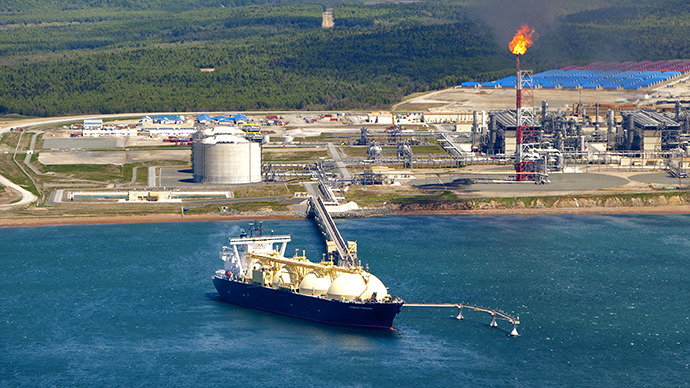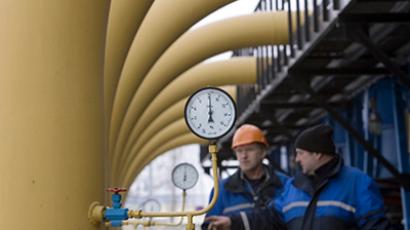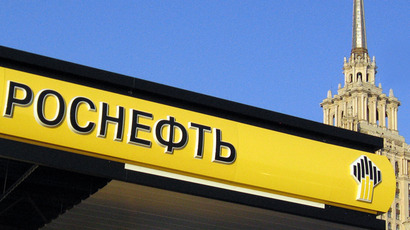Skolkovo report finds holes in Russia’s LNG plans

The outlook for Russia’s liquefied natural gas (LNG) market is looking increasingly negative. Even the best case scenario says Russia’s global share will grow to just 6% by 2020, while the worst sees being halved to 2%.
“Given a favorable turn of events, which implies launching by 2020 most of Russia’s LNG factories considered today, Russia’s share in the LNG market could reach the maximum of 6% in 2020,” noted research by Moscow’s school of management at Skolkovo.
But if Sakhalin 2 remains the only functioning platform in Russia, the country’s share is expected to drop to 2% from the current 4%, the report added.
“So, if Russia doesn’t conduct an active policy, it risks to almost completely give away the LNG market to its rivals. Given this, to retain our position we need to occupy the market niche actively and liberalize exports of LNG,” Skolkovo experts concluded.
The world LNG market is set to double during the next 7 years, with its production capacity reaching 580 million tones a year. On the demand side, the need for LNG is forecast to rise more than twice to reach about 500 million tones a year by 2030, with Asian countries making up the lion’s share of the global demand. China, India, Pakistan, Vietnam – comparatively new players to the LNG market – will see their need in the commodity skyrocket 8 times by 2030.
Among Russia’s LNG projects now in the pipeline are Pechyora LNG in the country’s north – west, Vladivostok LNG plant- a joint venture of Rosneft and Exxon Mobil in Russia’s Far East- as well as Yamal LNG. The latter looks most promising, as it’s set to double its capacity to 10 million tons a year between 2016 and 2018.
Given fast development of the LNG industry in the US, Australia and Canada, Russia’s position is looking increasingly nervy. About 20 export LNG terminals across the US and Canada are now being built, which means supply from the two countries will likely exceed all current LNG global trade volumes.
“If the US succeeds to realize all of its projects, LNG from other countries can prove to be redundant,” the Skolkovo report said.
During almost 50 years of its existence, the LNG industry increased its gas supplies to 30% of the total world gas trade. 18 countries around the world export the commodity and 26 states have facilities to turn the commodity back into gas.














